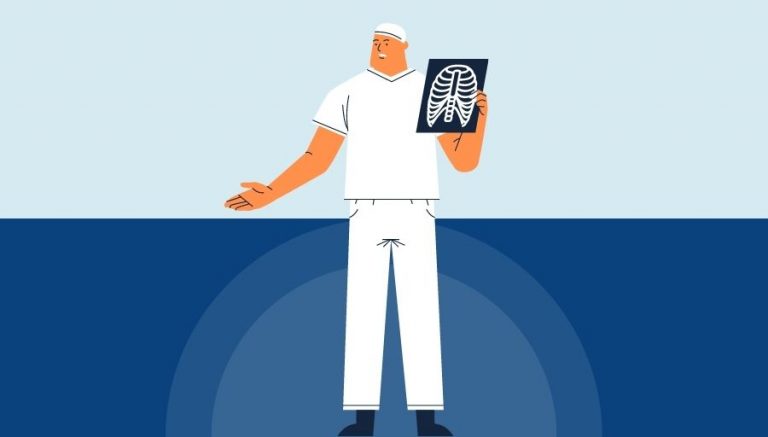How To Use HCPCS Code E0967
HCPCS code E0967 describes a manual wheelchair accessory known as a hand rim with projections. This code is used specifically for replacement purposes and is billed individually for each unit. In this article, we will explore the details of HCPCS code E0967, including its official description, procedure, when to use it, billing guidelines, historical information, Medicare and insurance coverage, and provide examples of when this code should be billed.
1. What is HCPCS E0967?
HCPCS code E0967 is used to identify a manual wheelchair accessory, specifically a hand rim with projections. This accessory is designed to provide additional grip and leverage for wheelchair users, allowing them to propel themselves more easily. It is important to note that this code is used only for replacement purposes and should not be billed for initial installation or as an additional accessory.
2. Official Description
The official description of HCPCS code E0967 is “Manual wheelchair accessory, hand rim with projections, any type, replacement only, each.” This description clearly states that this code is applicable only for replacement hand rims with projections and not for initial installation or additional accessories. The short description for this code is “Enteral supp not otherwise c,” which may seem unrelated but is a result of the code’s historical context.
3. Procedure
- Ensure that the existing hand rim with projections on the manual wheelchair is in need of replacement.
- Remove the old hand rim with projections from the wheelchair.
- Select the appropriate replacement hand rim with projections based on the patient’s needs and preferences.
- Install the replacement hand rim with projections onto the wheelchair, ensuring a secure fit.
- Test the wheelchair to ensure that the new hand rim with projections is functioning properly.
4. When to use HCPCS code E0967
HCPCS code E0967 should be used when the existing hand rim with projections on a manual wheelchair is worn out, damaged, or no longer functional. It is important to note that this code is used only for replacement purposes and should not be billed for initial installation or as an additional accessory. The provider should document the need for replacement and ensure that the patient meets the eligibility criteria for this code.
5. Billing Guidelines and Documentation Requirements
When billing for HCPCS code E0967, healthcare providers should ensure that the following documentation requirements are met:
- Medical records should clearly indicate the need for replacement of the hand rim with projections.
- Documentation should include the patient’s medical condition or disability that necessitates the use of a manual wheelchair.
- The date of service and the number of units billed should be clearly documented.
- Any additional supporting documentation, such as photographs or measurements, may be helpful in justifying the need for replacement.
6. Historical Information and Code Maintenance
HCPCS code E0967 was added to the Healthcare Common Procedure Coding System on January 01, 1985. It has an effective date of January 01, 1996, indicating that it has been in use for a considerable period of time. As indicated by the action code N, no maintenance actions have been taken for this code. This means that there have been no updates or revisions since its addition to the coding system.
7. Medicare and Insurance Coverage
HCPCS code E0967 is covered by Medicare and other insurance carriers. The pricing indicator code 57 indicates that this code is priced by carriers other than Medicare. The multiple pricing indicator code A signifies that this code is not applicable as HCPCS priced under one methodology. Healthcare providers should refer to the Medicare Carriers Manual Reference Section Number 2130 for specific guidelines and instructions regarding coverage and reimbursement for HCPCS code E0967.
8. Examples
Here are five examples of scenarios in which HCPCS code E0967 should be billed:
- A patient’s manual wheelchair hand rim with projections is worn out and needs replacement due to regular use.
- A manual wheelchair hand rim with projections is damaged in an accident and requires immediate replacement.
- A patient’s manual wheelchair hand rim with projections is no longer functional and hinders their ability to independently propel the wheelchair.
- A manual wheelchair hand rim with projections is found to be defective during a routine maintenance check and needs replacement.
- A patient’s manual wheelchair hand rim with projections is lost or misplaced, necessitating a replacement to restore mobility.



